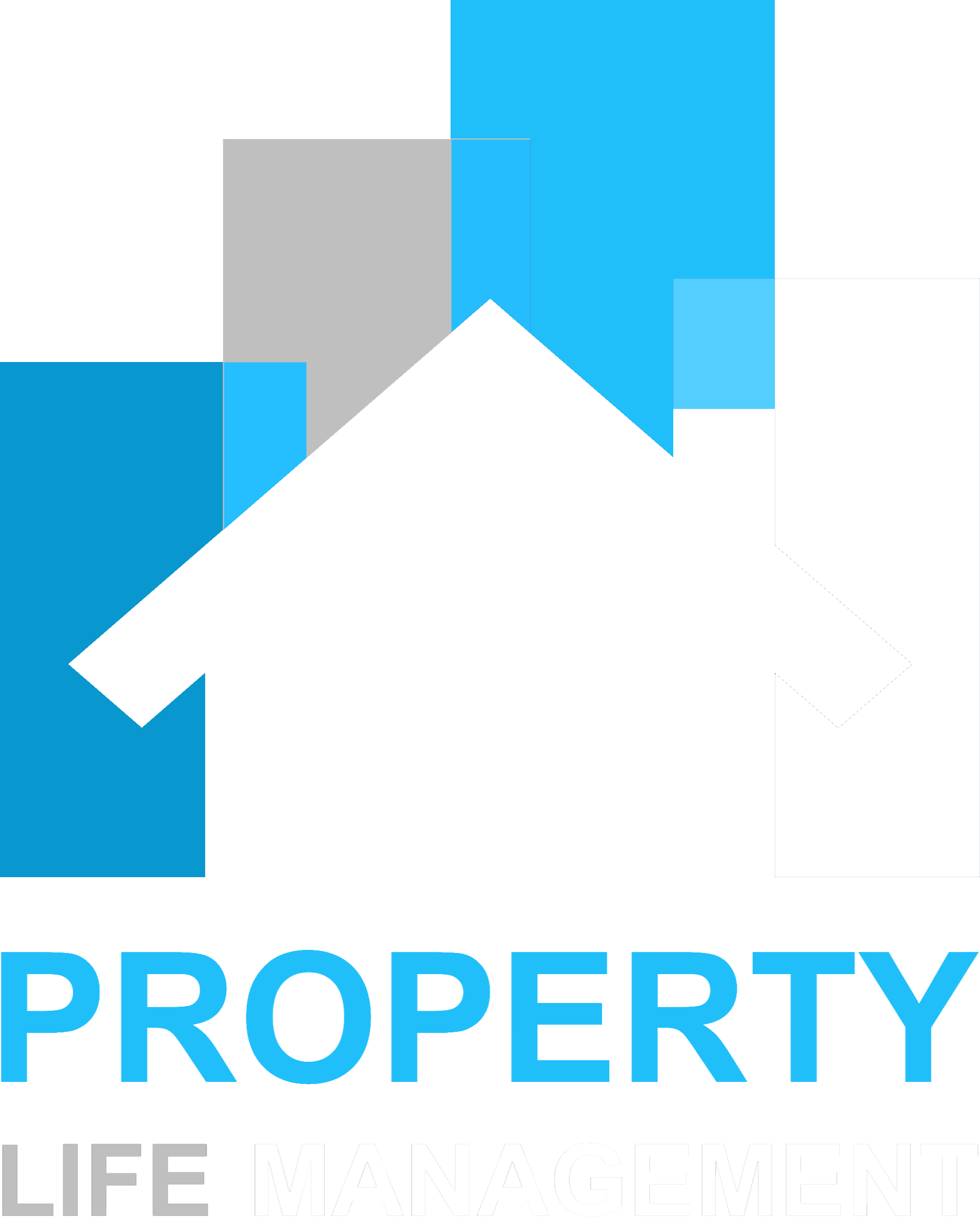Written by: Clifford J. Treese
The U.S. is a big country—the third largest in the world in acreage. The issue in the early 19th
century was what to do with all that land (2.3 billion acres). Historically, it was distributed by
national public laws, and land ownership was the equivalent of home ownership today. Once
land was distributed, issues arose from uncontrolled urbanization and fragmented housing
development. Early 20th-century Americans emphasized infrastructure development for water,
sewers, highways, and other public utilities and services. Gradually, these practices came under
local zoning and development requirements. Land use practices in the early 21st century,
however, illustrate a shift away from controlling land use through zoning toward relying on
associations to govern and fund new housing infrastructure. Indeed, developers are now required
to place long-term maintenance and infrastructure responsibility on new associations. What used
to be funded by real estate tax dollars must now be funded directly by homeowners. Community
associations are efficient and economical housing management organizations, but they cannot
meet future challenges alone. Consider, for example, today’s looming problems and how
partnerships with all levels of government might solve them in the future.
Problem: Infrastructure is too complex, and too expensive, to be funded solely by associations
and their homeowners. Solution: Local government could either take over the burden that is
already paid with tax dollars or adopt New Jersey’s approach, which provides for municipal
services equalization. In this model, local governments in the state reimburse associations the
amount they would have paid for certain municipal services. This approach works, as far as it
goes. It doesn’t cover streets and roads, for example.
Problem: Associations are increasingly supporting residents who are aging in place largely
because few other private or public options exist. Solution: Local government—and even the
federal government—might provide income tax credits to younger homeowners if the association
is home to, say, 10, 15, or 20 percent of residents over 55. State legislatures also might allow
associations to give some assessment relief to 55+ owners—if owners approved.
Problem: Although land suitable for development is available, resources like water, oil, and
lumber may not be.Solution: Because community associations, collectively, conserve
more—and control spending better— than a non-association subdivision, local, state, and federal
governments What used to be funded by real estate tax dollars must now be funded directly by
homeowners. could give matching dollars to associations that spend certain amounts to conserve
water or use recycled materials, for example.
Problem: Associations may not be able to keep up with the increased maintenance costs that
will result from climate change. Solution: When climate change brings floods, windstorms, or
other natural disasters more frequently and causes damage more often, state and federal
governments should provide disaster relief to associations that demonstrate a history of sound
financial practices. In 2017, the only commercial industry that takes climate change seriously is
insurance— because insurers pay the claims. State legislatures should embrace the Building
Code Effectiveness Grading program, which allows insurers to charge higher premiums for
associations that don’t meet certain standards that would minimize property claims. Future land
use practices will be shaped by concerns much broader than the historical circumstances
that launched America’s housing industry. Associations can no longer evolve without cooperation and
partnerships with all levels of government.
Retrieved on October 18, 2022 from
https://www.caionline.org/AboutCommunityAssociations/Pages/HomesoftheFutureDoc.aspx

